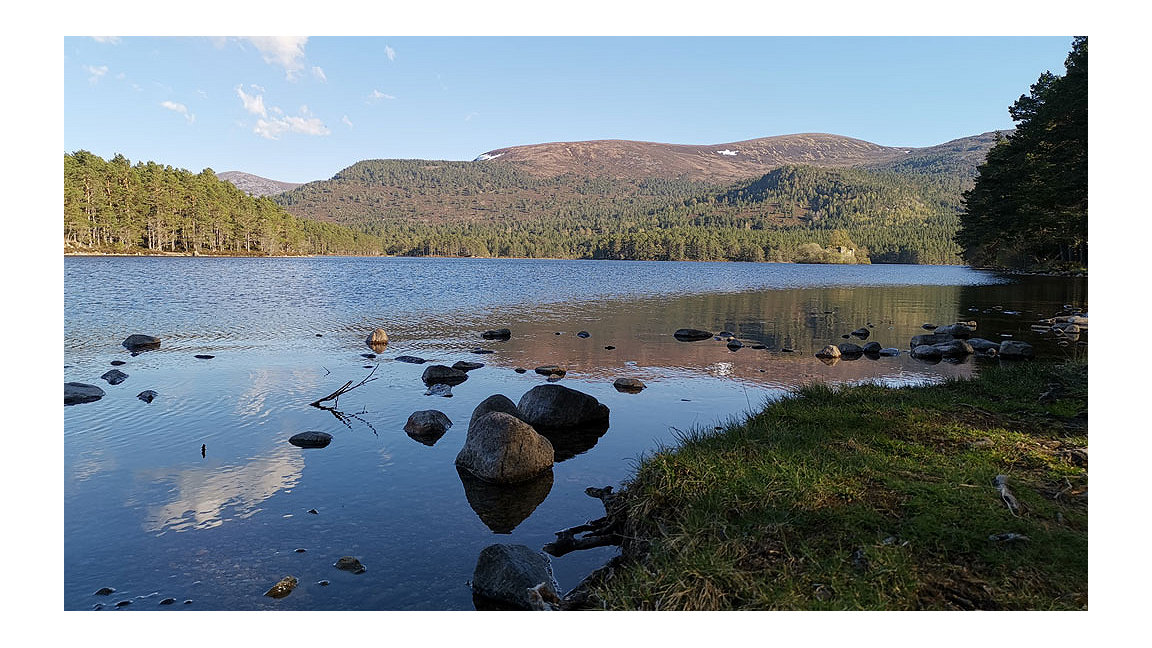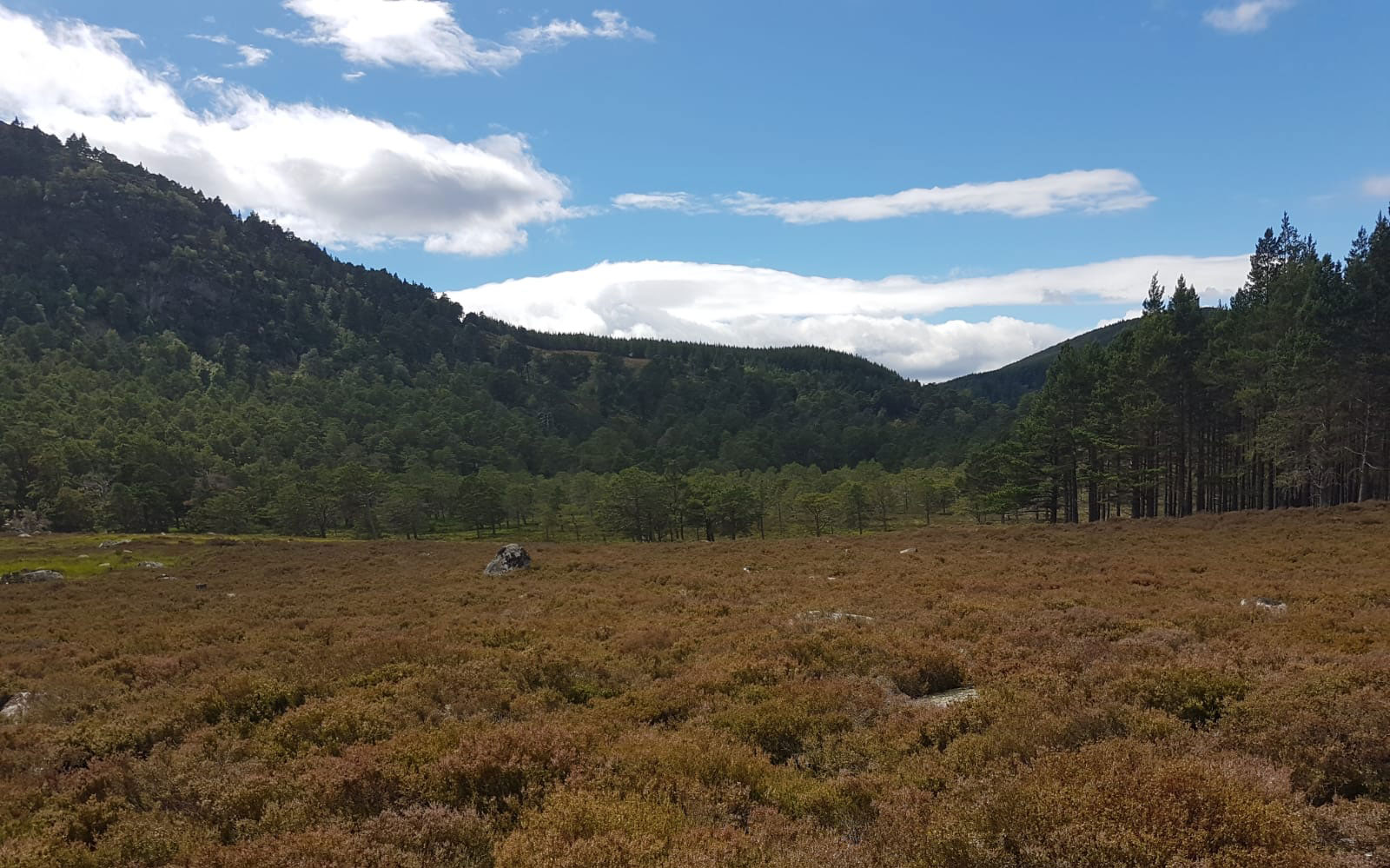
Loch-an-Eilein, Cairngorms, © Scottish Land Commission
The way that land is owned and used is central to tackling climate change and promoting economic recovery from COVID-19 in Scotland. To achieve the pace and scale of action needed, we must enable more regional-level engagement, decision-making and action.
This is the message in a report to Scottish ministers on the establishment of new regional land use partnerships (RLUPs), to be published shortly by the Scottish Land Commission.
Land use and climate change
Scotland already has a Land Use Strategy and the Scottish Land Rights and Responsibilities Statement, which together provide a clear framework for land-use decision-making. The purpose of the proposed partnerships is to help Scotland meet its ambitious climate and environmental targets, brokering collaboration, agreeing priorities, dealing with tensions and playing to an area’s strengths.
“The purpose of the proposed partnerships is to help Scotland meet its ambitious environmental targets”
Land use and land-use change are both essential to achieve Scottish and UK climate targets for 2030 and 2045. During the coming decade we need to make significant changes to ensure a just transition to a net-zero economy.
The Scottish Government committed to establishing RLUPs as part of the wider ambition prompted by the Climate Change (Emissions Reduction Targets) (Scotland) Act 2019. The Scottish Land Commission was charged with advising how best to establish RLUPs to ensure all Scotland’s land contributes to meeting climate targets.
The commission has worked with stakeholders on proposals to establish such partnerships, and found strong support among them for RLUPs’ potential.
The post-pandemic context
COVID-19 has of course significantly changed the context since this work began. It is now even more important that the partnerships strengthen regional economic recovery and renewal, to build more resilient economies and communities.
Scotland’s economic policy already has a strong regional focus. City-Region Deals have focused investment, and Regional Economic Partnerships ensure decisions reflect the varied interests. However, rural land use has sometimes been disconnected from wider economic and spatial planning. RLUPs are an opportunity to better connect land-use planning with wider regional strategic planning.
“RLUPs are an opportunity to better connect land-use planning with wider regional strategic planning”
Alignment with planning authorities
The commission proposes that the partnerships cover the whole of Scotland, with a remit to connect rural and urban land use and be operational by 2023. It thinks the RLUPs should be based on the geography of current planning authorities, to maximise alignment with wider economic and spatial planning.
The commission expects that larger planning authority areas might form a single partnership, while smaller areas in central Scotland should combine into bigger landscape-scale units, along the lines of collaboration already developing to produce the Regional Spatial Strategies required by the Planning (Scotland) Act 2019.

This geography means the partnerships will have a good route to local democratic accountability and align easily with other local planning decision-making processes. Land-use planning outside the UK usually operates at a municipal level of government; although Scotland’s local authorities are larger than is often the case in Europe, the case for embedding these functions at a local government level is strong.
- government and public bodies
- people with specialist expertise, for example in land management, business or rural development
- local community members.
Several parts of Scotland have already gone some way towards doing this. For instance, national parks and the south of Scotland, through previous work piloting a regional approach to land-use strategy, have identified opportunities and priorities for land use change, such as woodland expansion. These examples show the value of a clear regional plan that engages people, providing clarity that can secure funding, collaboration and action.
Funding and finance
The commission believes that RLUPs will function best if they are directly connected to sources of funding and finance and can determine priorities and resourcing at a regional and local level. All UK nations are now looking towards whatever funding arrangements replace the EU’s Common Agricultural Policy (CAP) after Brexit, and new forms of natural capital financing are also emerging. This means it is a good time for the partnerships to play a part in directing priorities at a regional level for allocating significant elements of such post-CAP funding.

But their role need not be restricted to public funds: RLUPs could be the focal point for the collaboration and governance to draw together finance from multiple sources that will be needed to meet climate ambitions.
While many land-use challenges involved in moving to a net-zero economy are technical – relating to carbon management and emissions reduction, for instance – a just transition also means looking at how the implications can be handled fairly so that the benefits are widely shared. The Scottish Land Rights and Responsibilities Statement provides a clear framework for this and should be central to the partnerships’ remit.
We have an exciting window of opportunity to take a more joined-up approach to land-use planning in Scotland – a new land-use strategy will be published in 2021, as will the next National Planning Framework. The RLUPs represent an excellent way of taking that opportunity.
